Innovative Chemical Materials: Revolutionizing Water Treatment
- Addtime: 2025-04-08 / View: 699
Access to clean water is one of the biggest challenges facing our world today. With increasing pollution and growing demand, traditional water treatment methods are no longer enough. This is where innovative chemical materials are making a major difference, offering smarter and more sustainable solutions for water purification.
The Need for Advanced Water Treatment Solutions
Many communities struggle with contaminated water sources while industries generate large amounts of wastewater. Conventional treatment approaches often have limitations - they can be energy-intensive, leave behind harmful residues, or fail to remove certain pollutants effectively. New chemical technologies are helping overcome these challenges through more efficient and environmentally friendly processes.
Key Chemical Innovations in Water Treatment
Improved Coagulants and Flocculants
Materials like polyaluminum chloride (PAC) have proven more effective than traditional options such as alum, reducing chemical usage and costs by up to 60%. Natural alternatives, including chitosan, derived from shellfish waste, provide biodegradable solutions for clumping and removing contaminants.
Advanced Filtration Media
Activated carbon remains a workhorse for removing organic compounds and odors. New formulations with enhanced surface areas and specialized coatings can target specific pollutants more effectively.
Next-Generation Ion Exchange Materials
Modern resins can selectively remove heavy metals and other hazardous substances while being more durable and efficient than older versions.
Nanotechnology Applications
Engineered nanomaterials like graphene oxide membranes offer unprecedented filtration capabilities at molecular levels. Antimicrobial nanoparticles provide alternatives to chlorine disinfection.
Real-World Impact and Benefits
These advanced materials deliver measurable improvements:
Higher treatment efficiency with lower chemical consumption
Reduced energy requirements compared to conventional methods
Better removal of emerging contaminants like pharmaceuticals
More sustainable lifecycles with biodegradable options
A case study from India showed switching to PAC coagulants reduced treatment costs by 40% while improving water quality. Similar successes are being replicated worldwide as these technologies become more accessible.
Current Challenges and Future Directions
While promising, some obstacles remain:
Higher upfront costs for certain advanced materials
Need for specialized equipment in some applications
Regulatory approvals for novel substances
Ongoing research focuses on:
Developing even more selective and efficient materials
Creating smarter systems that adapt to changing water conditions
Improving cost-effectiveness for widespread adoption
As a manufacturer of chemical products
The application of innovative chemical materials represents a major leap forward in water treatment technology. As these solutions continue to evolve and scale up, they offer hope for solving global water challenges in sustainable ways. From small communities to industrial operations, these advancements are making clean water more accessible while reducing environmental impacts.
We are a supplier of innovative chemistries that treat water. We can create a future where everyone has access to safe, clean water. The revolution in water treatment chemistry has already begun, and the potential benefits are enormous.






